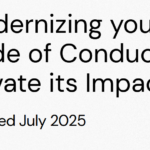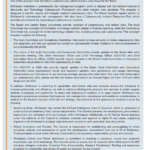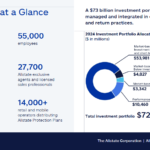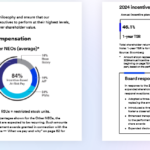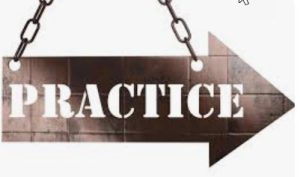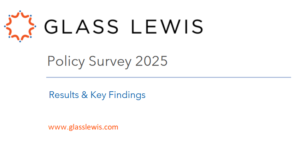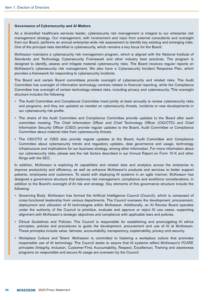As part of our blog series based on this great panel (see the first blog in the series about starting the drafting process) – featuring featuring WilmerHale’s Lily Brown and Edward Jones’ Keir Gumbs – here’s a blog that addresses the question of: “When you do look at peer disclosures, what type of “peers” do you look at? And how many peer disclosures?”
Lily Brown, WilmerHale: Different clients will want different levels of benchmarking but I generally will start with some combination of the proxy peers – for the companies that are listed in the proxy for compensation purposes – and then industry peers to the extent that a company is in a specific industry group.
The other thing that is generally useful – because I always want to make sure that the in-house folks I’m working with feel prepared for the different questions and inputs they may get – are looking at the disclosures of companies that board members may have relationships with. If a board member is the CEO of this other company or is on the board of this other company, they’re going to bring that experience to this particular company too and that expectation doesn’t mean that its disclosures have to be exactly alike – but I always like to make sure that the in-house folks can anticipate questions or expectations from board members to the extent that they are drafting a new disclosure.
You benchmark for a particular company so they’re kind of in line with what all of the other members of the industry group are doing. Some companies will just say, “I want to know what X, Y and Z are doing but that’s what I want to know just for my knowledge” but I may want to do something different.
Keir Gumbs, Edward Jones: As usual, I agree with Lily and especially on the benchmarking around directors. It’s so true and it’s so important to do that. I almost feel like it’s like the secret sauce for a good way of managing a board and executives through a new disclosure change. That’s because to Lily’s point, they bring that with them and if I had a dollar for every time a director – or an executive – questioned a disclosure, it was based on what their prior company or company were on they’re on the board is doing. I wouldn’t be a millionaire but I probably would have enough to buy a car because it’s so common. So that’s really critical.
I’ve always approached benchmarking very similar to what Lily said. I always start with who are our peers for compensation group peer purposes. Looking at the compensation peers makes a lot of sense particularly for the compensation-related disclosures. It doesn’t always make sense for the governance-related disclosures as there may be reasons that peer group may not be the right peer group for governance related things.
But there should be industry peer group benchmarking based on who are the leaders. It can be leaders in the industry or more broadly. So at Uber, we had this view as we were working towards the IPO that we wanted our governance to be the leading “best in class” for technology firms – so even though they weren’t technically our peers yet, we looked at Amazon, Apple and Google and Microsoft to see what were they doing. Even if they weren’t peers from an industry group perspective, they were viewed as technology peers and companies that had leading practices.
Then my third bucket consistently was the bucket that Lily was describing with directors. So literally every time we were thinking about a new governance change or disclosure change, we looked first at what our industry peers were doing, then what were the leaders in technology doing – and then what are the companies that are associated with our directors doing. Based on all of that, that helped us evolve the disclosures that we were making as an organization.
When I was in private practice, Intelligize first came out and for me, it was totally revolutionary because suddenly you could look at a peer group that you created with 25 peers – or 100 peers or whatever you wanted – with the push of a button You suddenly had this really detailed benchmarking information you could generate. That’s something that people should take advantage of.
One of the things that we’re working towards right now is our new ESG disclosures and one of the things that we’ve used from last year was a benchmarking database put together by a law firm and two consulting firms. So here’s a tool that we developed that basically allows us to look at ESG disclosures and ESG/sustainability reports based on your peer group. Many more of these ESG-based tools are coming to the market as well since there is a big demand for them.








